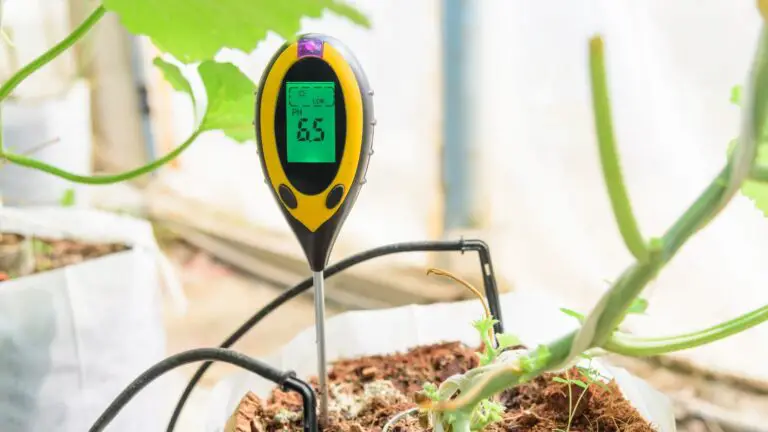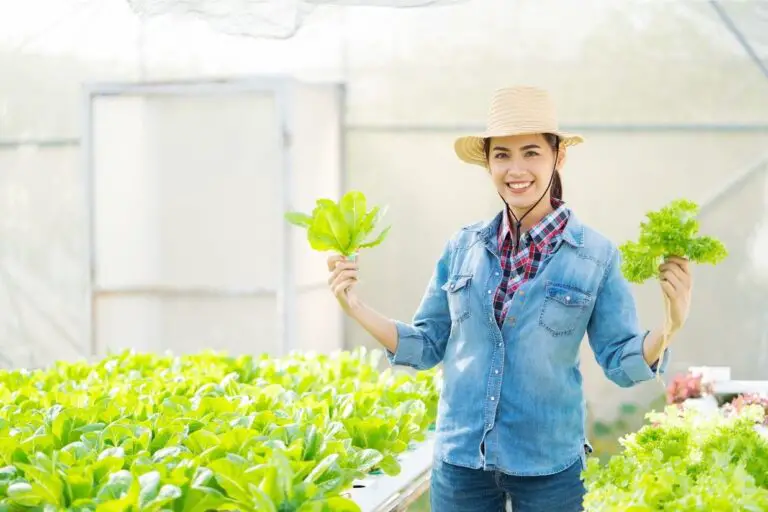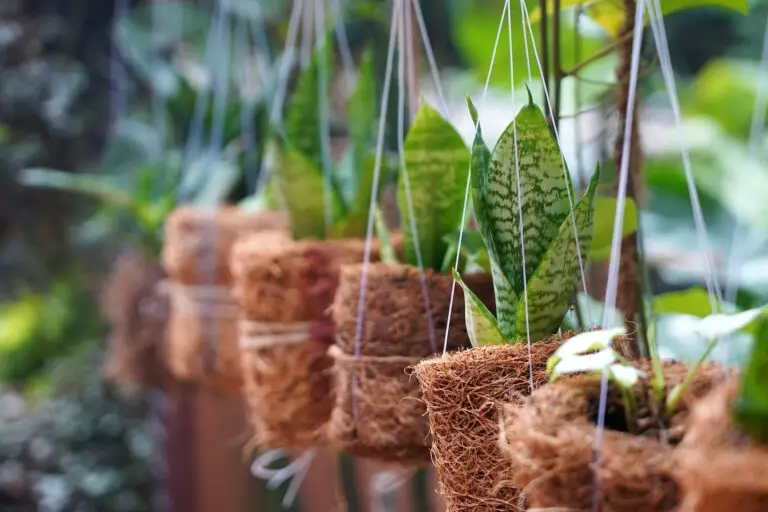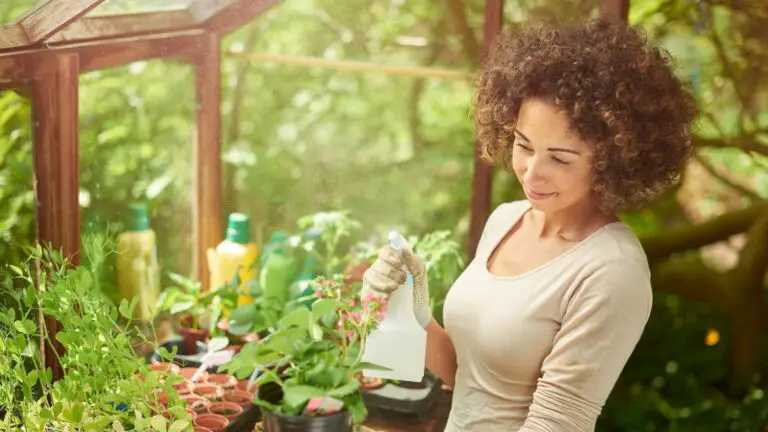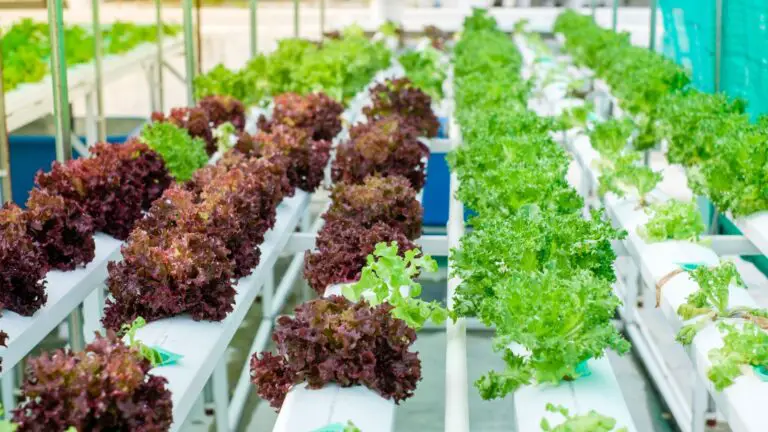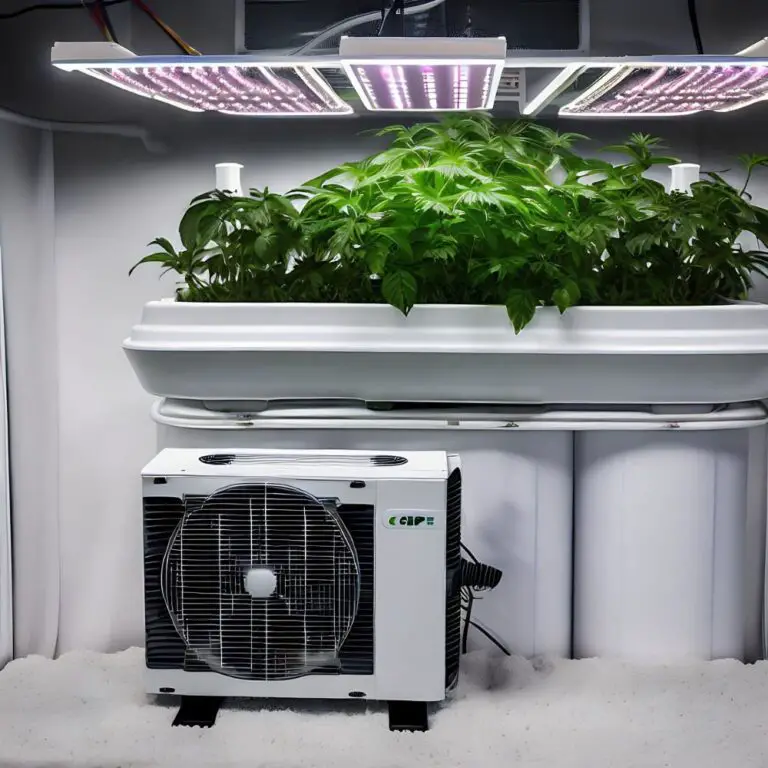9 Useful Tips to Create a Sustainable Hydroponics for Long Term Success
Disclosure: Your purchases through our links may earn us a small commission, supporting our site’s ability to provide valuable information to our readers. Rest assured, it won’t impact your price. Thank you for your support.
Hydroponic gardening can be tricky if you don’t know what you’re doing.
It is an amazing way to grow your vegetables and herbs without dealing with the hassle of soil. It is a rapidly expanding agricultural style used both during and after the pandemic because of its unique ability to provide fresh food without the environmental and safety risks in traditional farming regions.
One popular use for hydroponics is simply growing crops indoors, especially if conditions outdoors are too cold or unsafe. We can also use it to grow plants that do not traditionally enjoy that region’s climate (up to a point). The plants are grown in a water-based, soilless solution, which means that the plants can be grown in any climate in a hydroponic system.
As it does not require a lot of space, there has been a growth in hydroponic farming in rural areas. The crops can be easily grown in a small area, ideal for small-scale farmers.
Hydroponic farming in urban areas is also growing as it is an efficient way to produce food in an urban setting. It also uses less water, which is important in areas where water resources are scarce.
Is Hydroponic Farming a Sustainable Option?
Many people think that hydroponic is more sustainable than traditional farming. But is it true?
While hydroponic farming is a more sustainable option than traditional agriculture, it does have some potential sustainability issues.
There are a few factors to consider when looking at the sustainability of hydroponic farming. We can establish a hydroponic farm sustainably by addressing them with the appropriate plan.
Related: Is Conventional Farming Sustainable or Should We Need Hydroponics?
How to Keep Your Hydroponic Garden Sustainable?
Let’s see the 9 tips on keeping the sustainability of hydroponic farms. These tips might be convenient for farmers doing on a large scale.
1 . Optimize the energy consumption
The energy required to power the pumps, lights, and other necessary components of hydroponic farms. Therefore,
- Make sure the most efficient grow lights and fans are suited for the size of your growing area.
- Ensure you have adequate space around grow lights to keep temperatures at or below recommended levels.
- Cool your reservoir to keep temperatures down.
- Ensure that your growing area has proper ventilation (but no drafts).
- Use timers to ensure that you use )[fans and air conditioners](https://amzn.to/3etgQHZ only when needed (during the night) if you are using them.
- Ensure that all of your fans are weatherproof and have been cleaned. Otherwise, they will wear down rapidly.
- Use your freezer space for your seeds, instead of refrigerators which require lots of energy
- Buy an energy monitor to keep track of the power you use (and how much it costs)
- Ensure that you properly insulate the walls of your grow room to avoid heat loss.
- Keep your grow room in the basement, which doesn’t require heating (saving you money).
Related :
9 Ways to Reduce Energy Consumption In Your Garden Environment
How to Make Kratky Method More Efficient and Effective
2 . Optimize the water consumption
Environmental impacts are caused by water runoff or leaching into the surrounding soil. Therefore,
- Use a recirculating water system: Hydroponic farming requires 10% of the water and 25% of the fertilizers/nutrients that soil-based agriculture demands. A recirculating or “closed-loop” water system for hydroponics can reduce waste and save money in the long run. These systems recycle the nutrient solution and water. This also prevents groundwater contamination, making your farm more sustainable in the long run.
- Ensure that you always operate under the limits on the water pump, never over-pumping. You can achieve this by adding a timer.
Related:
The 10 Most Common Mistakes Indoor Hydroponic Gardeners Make When Planting Seeds
How Often Should You Water Seedlings in Rockwool Hydroponic?
How Often to Water Your Plants With the Kratky Method?
How to Water Your Hydroponic Potatoes?
7 Watering Tips for New Hydroponic Gardeners
3 . Use only organic nutrients
Using chemical-based nutrients in your hydroponic garden can be harmful to both you and the environment.
You can use natural nutrient sources, such as worm castings or compost. If you are using artificial nutrient sources, you should consider organic options. For example, some liquid fertilizers are derived from plant extracts rather than petroleum byproducts, often used in hydroponics.
Not only are organic nutrients safer for you to handle, but they also break down naturally, so your nutrient solution doesn’t have to be replaced as often.
Related:
10 Advantages of Organic Hydroponic Nutrients in the Kratky Method
13 Nutrients Required for Hydroponic Plants
NPK for Hydroponics: How It Works and Why It Matters?
4 . Employ beneficial bacteria and fungi
Adding these microorganisms is another way you can make hydroponic farming more sustainable. Beneficial bacteria produce enzymes that break down nutrients into a form that plants can use more efficiently, keeping the pH balanced at an optimal level for plant growth.
Fungi help break down parts of the plant, making nutrients more accessible to them and speeding up their growth cycle.
5 . Use compost tea
Compost tea is a great way to add organic matter and beneficial microorganisms to your hydroponic garden. It can be used as a foliar spray or watered indirectly to the medium.
6 . Keep an eye on your pH levels
The pH of your nutrient solution is key to healthy plant growth — too high or low a pH can stunt their growth or even kill them. It’s important to test and modify the pH as needed throughout your growing cycle, which we can do with a simple test kit or PH meter.
Related:
Should You Use PH Test Strips or Digital PH Meters for Hydroponics
How to Keep the PH Level of Each Hydroponic Growing Medium?
How to Measure EC, pH, DO and Temperature in a Hydroponic System
7 . Land use
The land is often cleared for horizontal hydroponic farming, leading to deforestation and loss of habitat.
You can avoid this by using vertical gardening techniques to make hydroponic farming more sustainable is to using less space.
Vertical hydroponic farming is a great way to make use of small spaces, and it has been estimated that we could feed up to 80% of the world’s population with only 20% of the land using this technology.
Related:
How to Choose the Right Plants for Vertical Hydroponics
Why You Should Use Hydro Towers for Your Vegetables
8 . Choose the right plants
Certain crops work better in hydroponics than others — you’ll need to decide which ones will yield optimal results for your system before growth begins. Some good examples include tomatoes, cucumbers, lettuce, and herbs.
9 . Eutrophication
Nutrient runoff into waterways can lead to algal blooms and anoxia. Low oxygen levels in bottom waters harm aquatic organisms.
One of the ways to manage eutrophication in a hydroponic garden is by using a control system. The control system will help monitor and adjust the nutrient levels in the water. It is important to ensure that the pH levels are monitored and adjusted.
Another way to manage eutrophication in a hydroponic garden is by using an effluent filter. The effluent filter will help remove excess nutrients from the water before being discharged into the environment.
If you are experiencing problems with eutrophication in your hydroponic garden, you can also contact your local water authority for assistance. They may be able to provide you with information on managing eutrophication in your area.
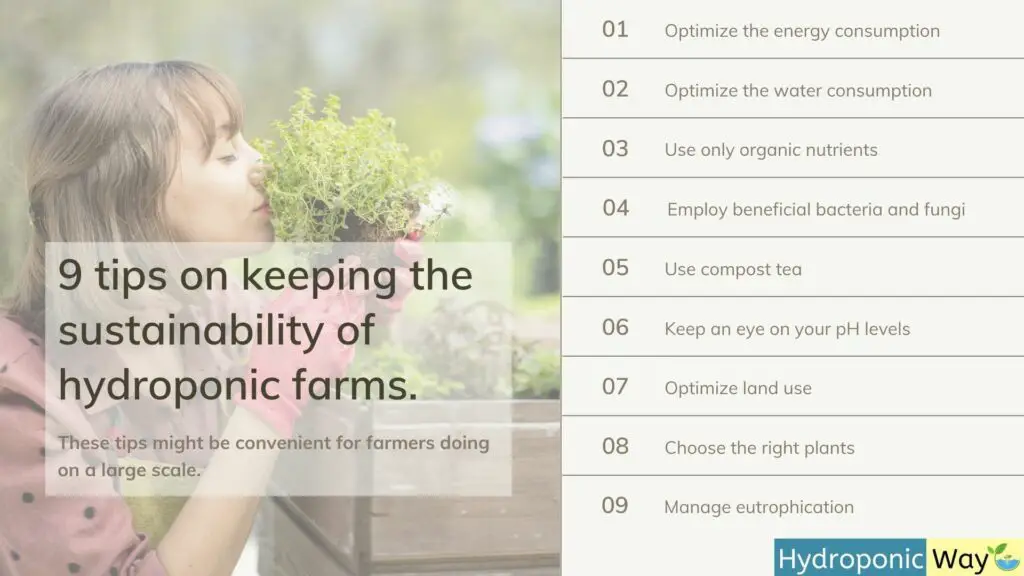
In Summary
While hydroponic farming is not without environmental impacts, it has some clear advantages over traditional agriculture. It uses less water, takes up less space, and can be adapted to grow plants in any climate. Hydroponic farming is also less labor-intensive, allowing farmers to spend more time growing crops and less time maintaining their farms.
With the increase in demand for food during a pandemic period, hydroponics is an important alternative farming system that has shown immense potential. It can be used anywhere there are people with limited resources.
It does not require land or sunlight and can be done in an urban environment which would help to prevent the spread of a pandemic.
By following the tips mentioned in the article, you can make your hydroponic farming more sustainable and ecologically sound.
If you are looking to buy below things for your garden click the links and select the best one suited for you.
Organic nutrients
3-in-1 TDS Temperature & EC Meter, Digital Water Tester, Ultrahigh Accuracy Water Quality Tester for Hydroponics
Hydroponic auto dose system
pH Controller Connect with Monitoring, Dosing, and Data Logging in Water Digital Meter for Hydroponic System
Thank you for reading!
Also, read:
The Best Grow Light Strips for Your Indoor Plants
Cheap Grow Lights Alternatives Used in Indoor Hydroponics
How to Use Your Hydroponic Grow Lights More Energy Efficient
Pros and Cons of Drip Hydroponic System


